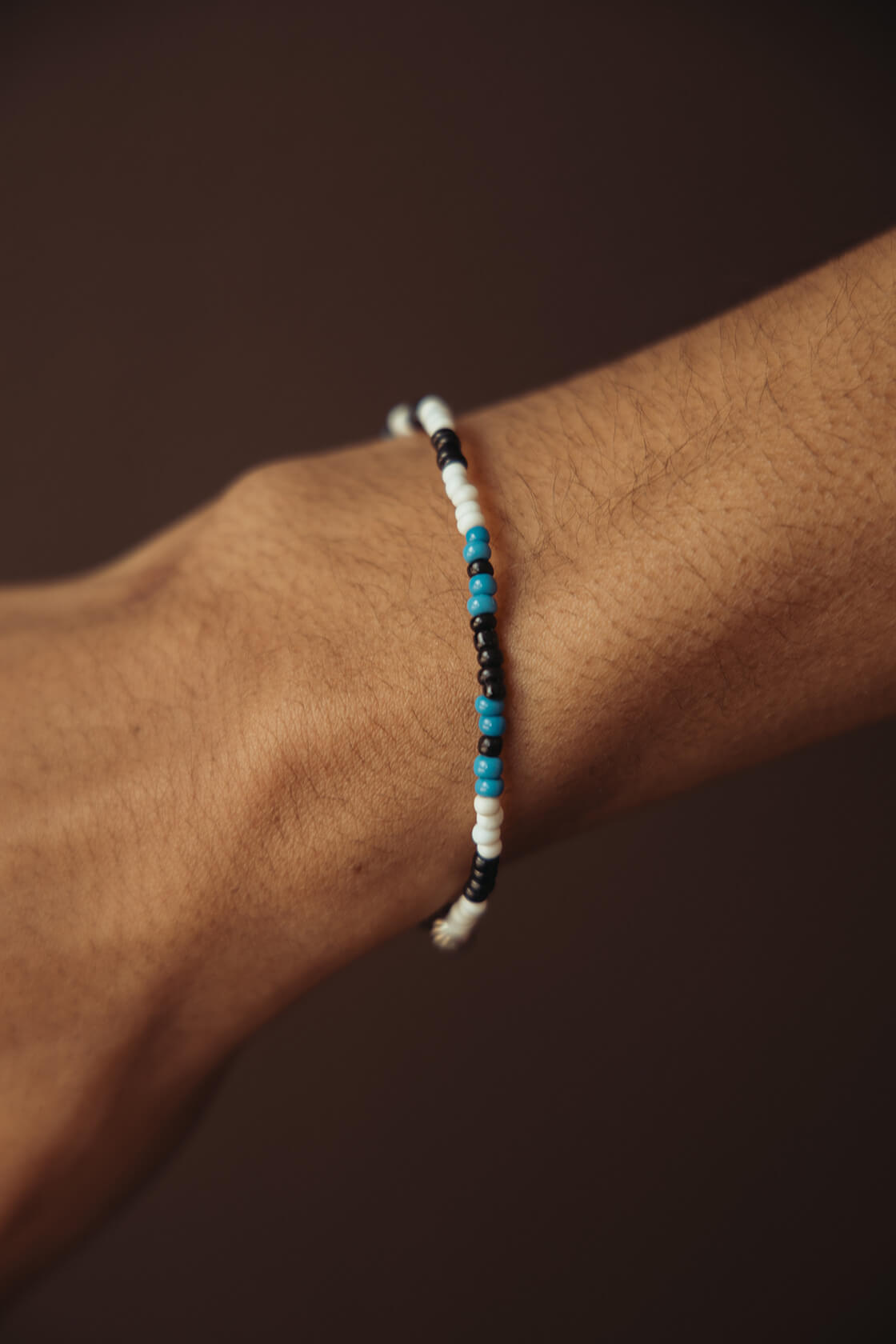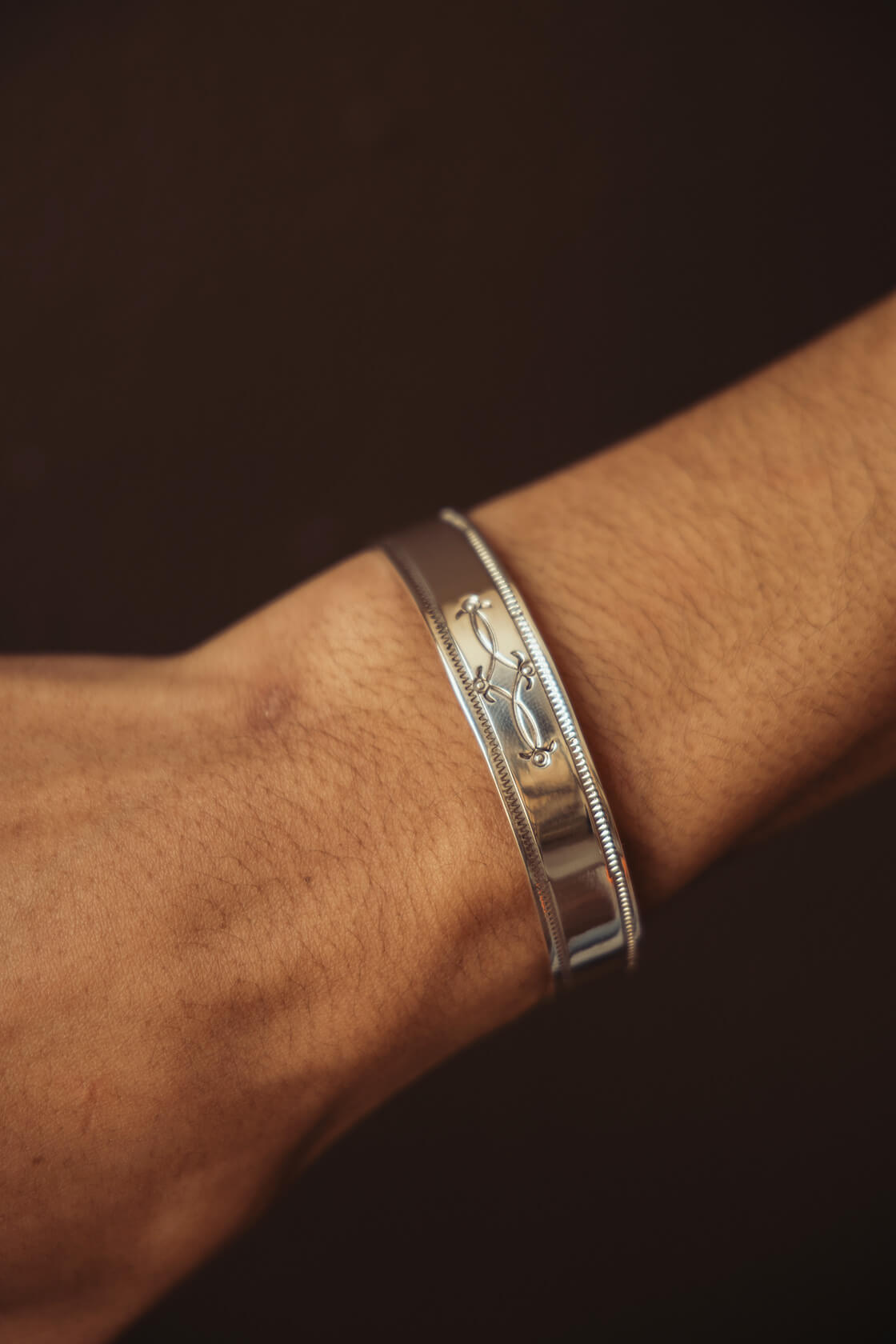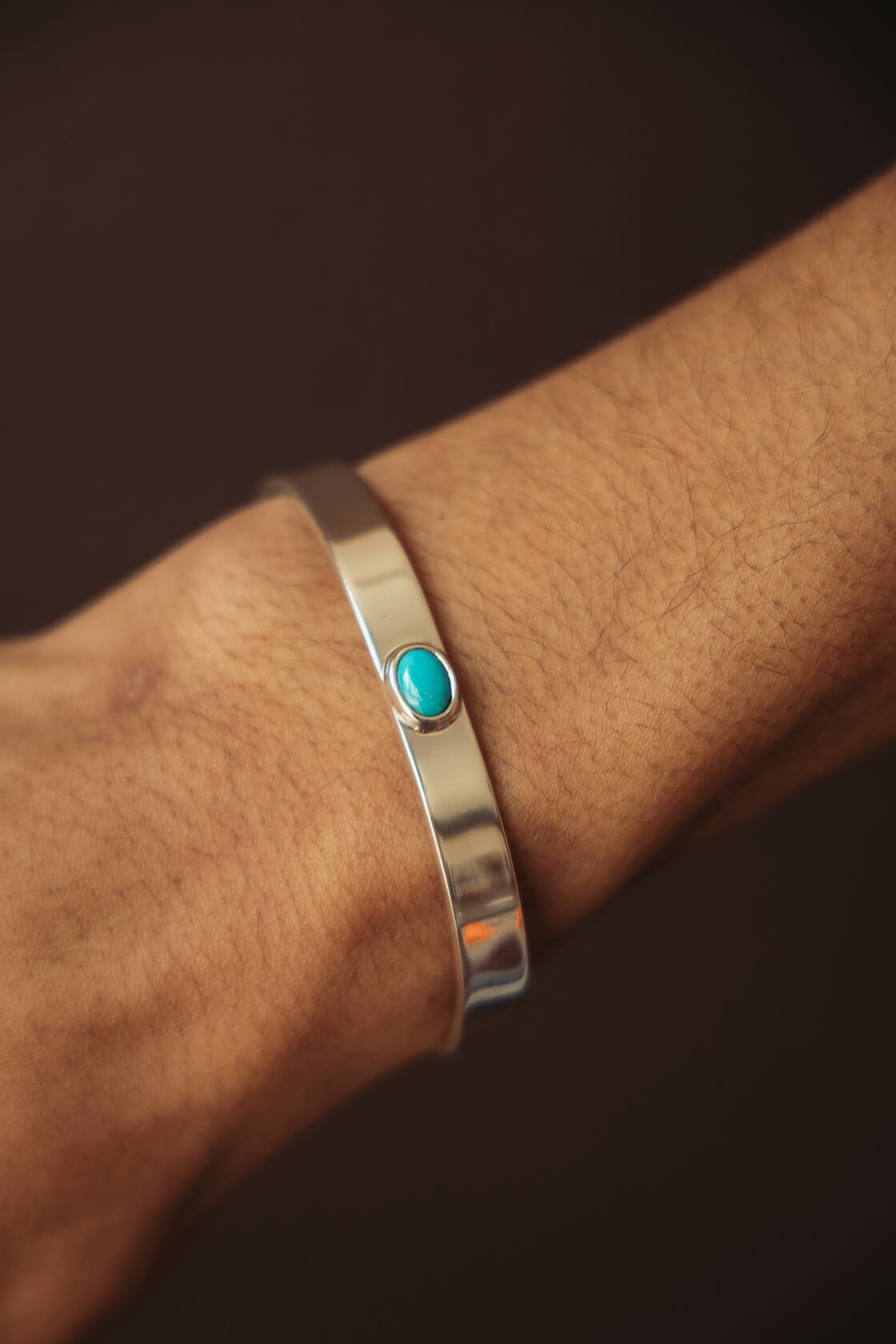All About North Works
The desire to collect can spring from many facets of a personality. Whether driven by passion, self-expression, nostalgia, or a reverence for history, collecting is an intimate act of preservation. The Japanese accessories brand, North Works, finds a way to tap into each of these motivations, fusing them into the fiber of every item they create. Through their work, North Works explores how materials carry meaning, how objects age with character, and how craftsmanship can tell stories across cultures.
ALL ABOUT NORTHWORKS
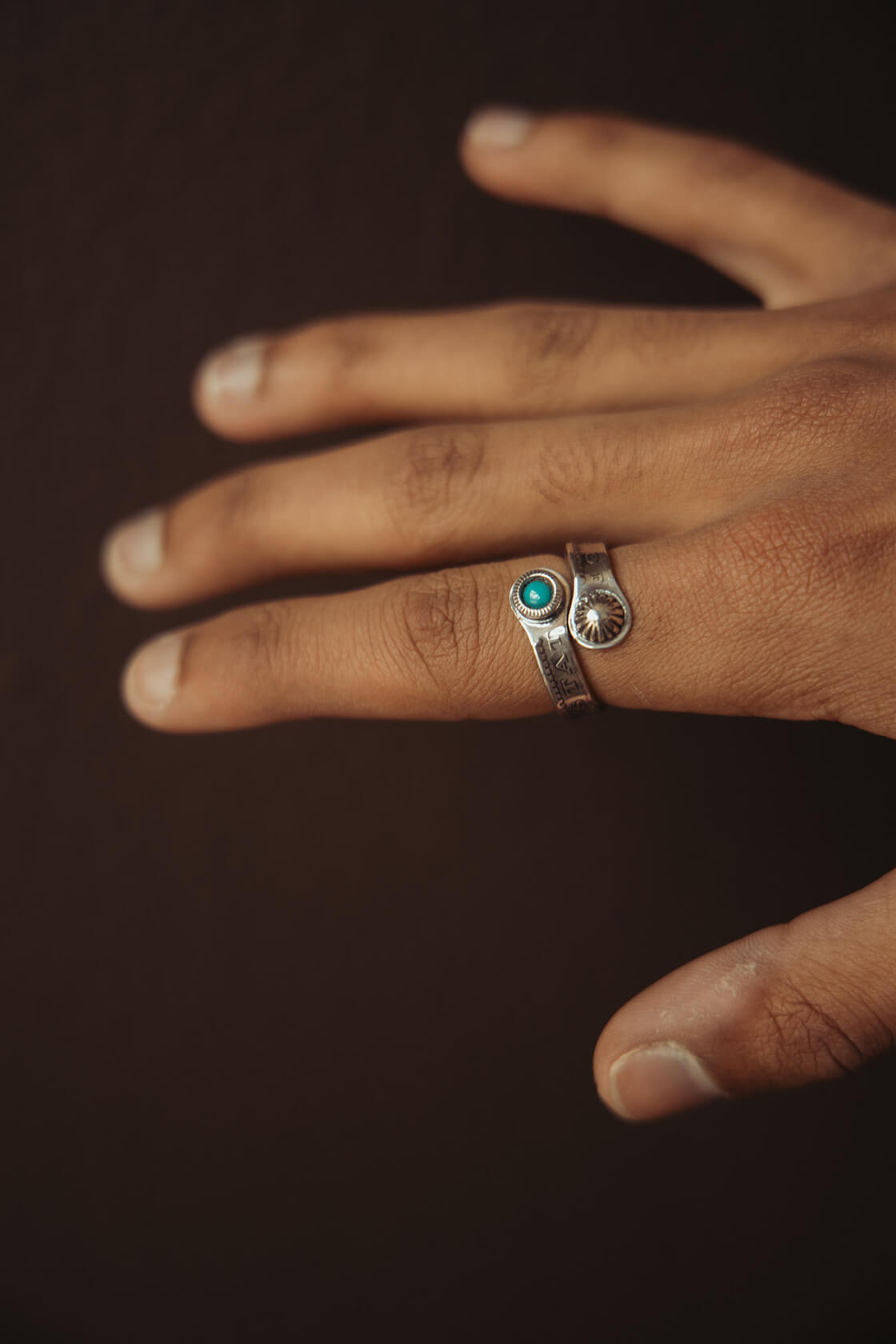
In a search to boil the idea of ‘America’ down to its essence through a modern Japanese lens, North Works utilizes rare coins, antique beads, hand-selected turquoise, and Native American and folk crafting techniques. The care that goes into each piece of jewelry balances passion, history, symbolism, and restraint. This allows each necklace, bracelet, and ring to take on a unique personality that develops with each wear, like a tactile meditation on history and identity.
North Works was founded in 2011 by Toshi Ohta, who hails from the Kanagawa prefecture, where the US’s largest naval air base is located. In Kanagawa, Ohta was exposed to American culture from a young age. His affinity for quintessential American aesthetics allowed him to develop a brand that conceptually revolves around the idea of America, merging historically American craft with Japanese ideals.
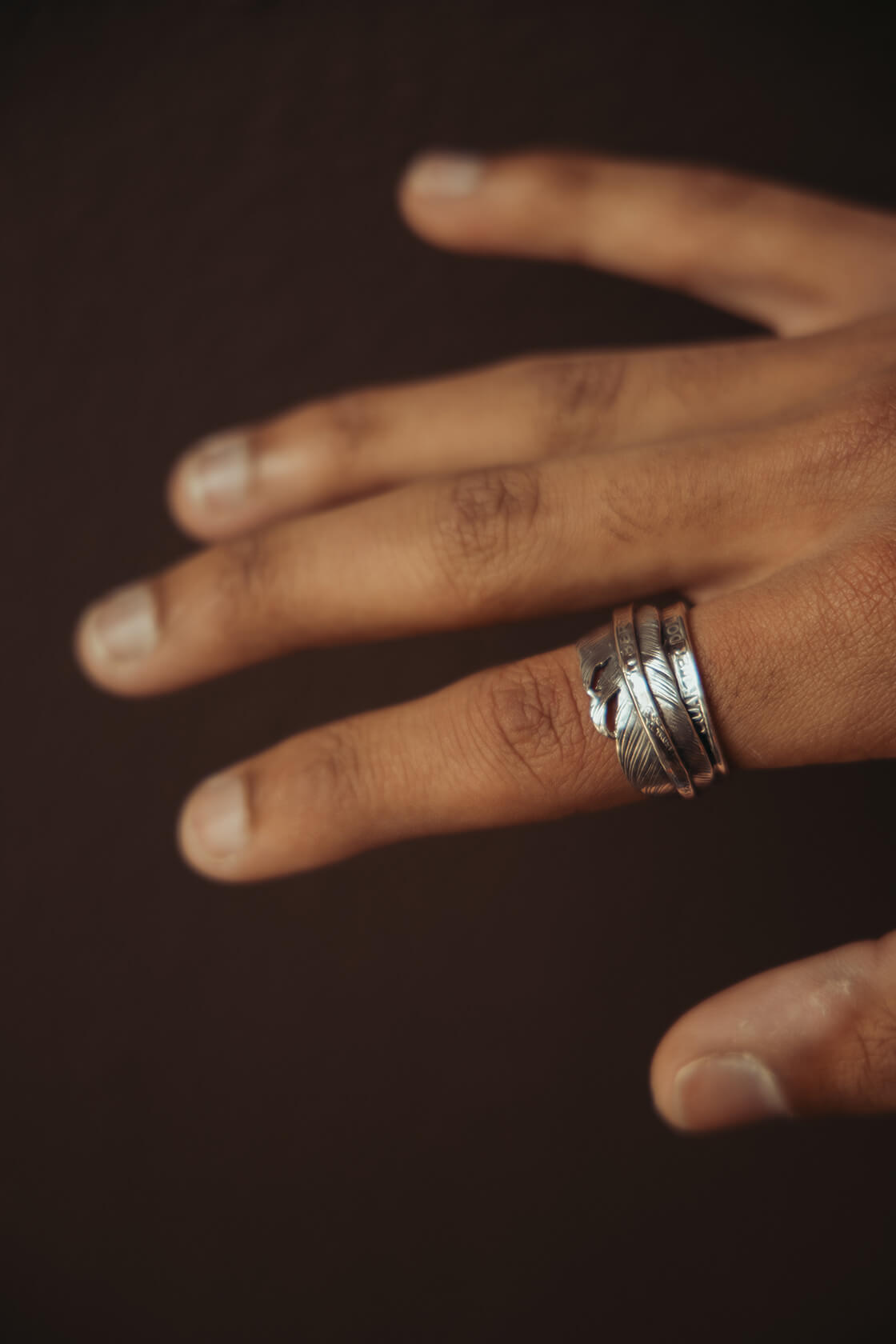
Ohta’s creative journey began in leatherwork during a stay in the United States. When Ohta returned to Japan and mastered silversmithing, he created a small team of silversmiths and established their atelier. The chosen location was particularly symbolic: a former church in Fussa, where the Yokata US Airbase resides. There, Tokyo’s urban sprawl collides with nature’s serene beauty. This intersection of influences, including American military legacy, handmade artistry, and Japanese perfection, echoes North Works’ brand philosophy.
The church atelier reflects the brand’s identity and provides the North Works team with great utility. The double-hung windows, previously used for soundproofing confessions and aircraft takeoffs, keep the rhythmic hammering and red-hot sizzle of silversmithing from bothering the neighbors.
In the atelier, you’ll find jars of beads lining the walls in many vivid colors. The beads are deadstock, sourced from Murano, Italy, where their glassmaking was world-renowned. Ohta acquired the glass beads from a descendant of the bead factory’s original owner, a century after the handmade beads began falling out of practice. Unfortunately, Murano glass is a vanishing craft, and these beads are only becoming rarer with time.
